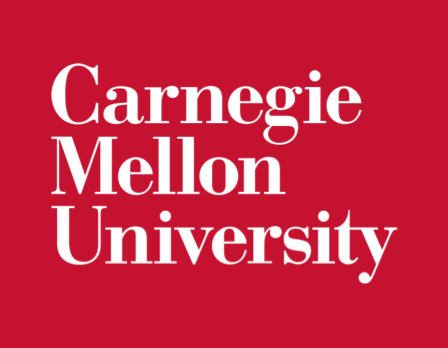Burcu Akinci attributes her interest in engineering to several factors, but being raised by a woman engineer is undoubtedly high on the list. Today, Akinci is the Paul Christiano Professor of Civil and Environmental Engineering at Carnegie Mellon University (CMU), where she guides the next generation of women in engineering.
Calling her mother a role model, Akinci said, “Her stories made me appreciate how far we have come in diversifying our engineering workforce. Of course, we are not done yet.”

Source: Carnegie Mellon University
That’s why at CMU’s Department of Civil and Environmental Engineering (CEE), women are not just encouraged but continuously supported on their academic journey. It’s a university-wide policy that is paying off — where national efforts to increase women’s enrolment in key STEM fields are stalling, CMU is excelling.
According to CEE Director of Graduate Programmes David A. Vey, the engineering programmes at CMU boast a male-to-female ratio that is close to 50-50. Akinci taught such a class last fall. “It was a different experience,” she said. “I felt that there was no notion of gender difference; for the first time, it felt like my dream of underrepresentation of women engineers being a non-issue came true.”
At the College of Engineering, about 43% of this fall’s first-year undergraduates are women, more than twice the national average which is below 20%. In CEE, women also make up 48% of the incoming cohort for graduate programmes. These numbers are a testament to CMU’s long-term commitment to supporting women in building enriching engineering careers, which requires a concerted effort at all levels.
Visibility encourages diversity
Although there are institutions making great strides in advancing gender equality, women are still underrepresented in engineering courses. There are more women engineers now than say, the 1960s — when women made up only 1% of the engineering workforce — but visibility is still a challenge.

Source: Carnegie Mellon University – Department of Civil and Environmental Engineering
“We certainly have several impactful women engineers in the world, but the number of such high-profile women is low compared to their male colleagues,” Akinci elaborated, calling this “demotivating to many young female engineers.”
Representation does matter to young girls who dream of becoming engineers. Just ask master’s student Lohita Rajesh from India.
“When gender bias is a part of some cultures, equal representation enables women to involve themselves in areas they are interested in. When they see their peers or other women achieving in a particular field, they would want to excel themselves,” she said.
Rajesh’s interest in engineering was first sparked during high school chemistry lab experiments. It became her sealed fate when water contamination caused a widespread viral infection in her hometown.
She pursued engineering opportunities until her current graduate experience in the US, which she chose for “cutting-edge research, industry collaborations, and unique learning process.” On top of that, she was attracted by the diversity and global experience offered at CMU.
Why the world needs more women in engineering
Workforce diversity is key to unlocking innovative solutions for the world’s most significant issues. Sustainability is perhaps one of the most pressing problems today; advocating for more women in engineering brings us one step closer to achieving it.

Source: Carnegie Mellon University – Department of Civil and Environmental Engineering
In the words of Akinci, “It is a well-known fact that innovation happens when diverse backgrounds and viewpoints come together. We need major innovations to make the world more sustainable.”
Rajesh believes gender equality is critical in any organisation and industry. “Women are great multi-taskers and drivers of change. They provide different perspectives and solutions for the same problem,” she said.
Fellow master’s student Rachel Molé agrees. “Until all voices are at the table — not just women, but people of colour and LGBTQ+ too — true sustainability will not be accomplished,” she said.
Reach for the stars at Carnegie Mellon University
As exemplified by the student-run Society of Women Engineers (SWE), the university’s effort to advance women in engineering is built from the ground-up. “SWE organises professional development, networking and social activities, and community service opportunities,” Akinci shared.
“They also run the largest engineering career fair on campus and impactful outreach activities to high school and middle school students.”
Women engineers like Akinci are important mentors to the students in the SWE, especially as they witness her career reach new heights. In March, she joined the team for a NASA habitat mission. As an information modelling expert, Akinci will lead research on machine learning and robotic systems for these habitats.
Hers is just one of the many stories that prove what ambitious women can do when the world places resources and support behind their talents and skills.
If this is the future you want for yourself, check out CEE at CMU today. Here, the sky is the limit for students of any gender; all you need is a dream and the drive to see it through.
Follow the Department of Civil and Environmental Engineering on Facebook, Twitter, LinkedIn, and Youtube
Like this? Then you’ll love…
UN calls for more investment in STEM education for girls, women
Civil Engineering: Construct a meaningful career with one of these universities











